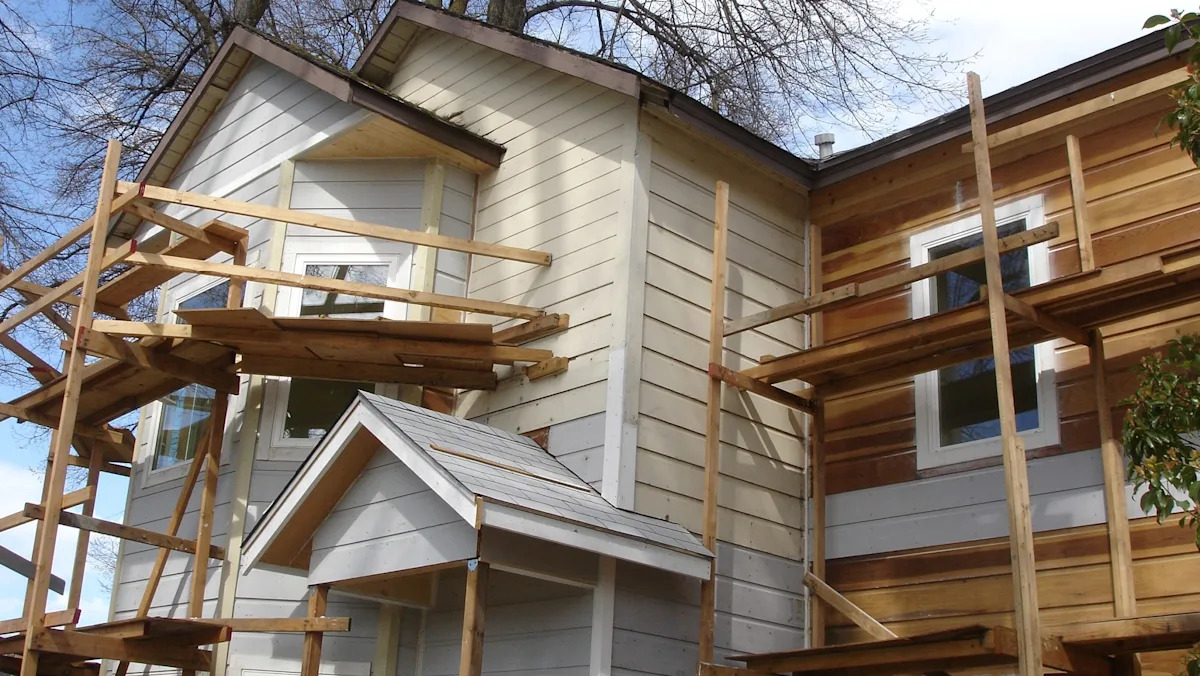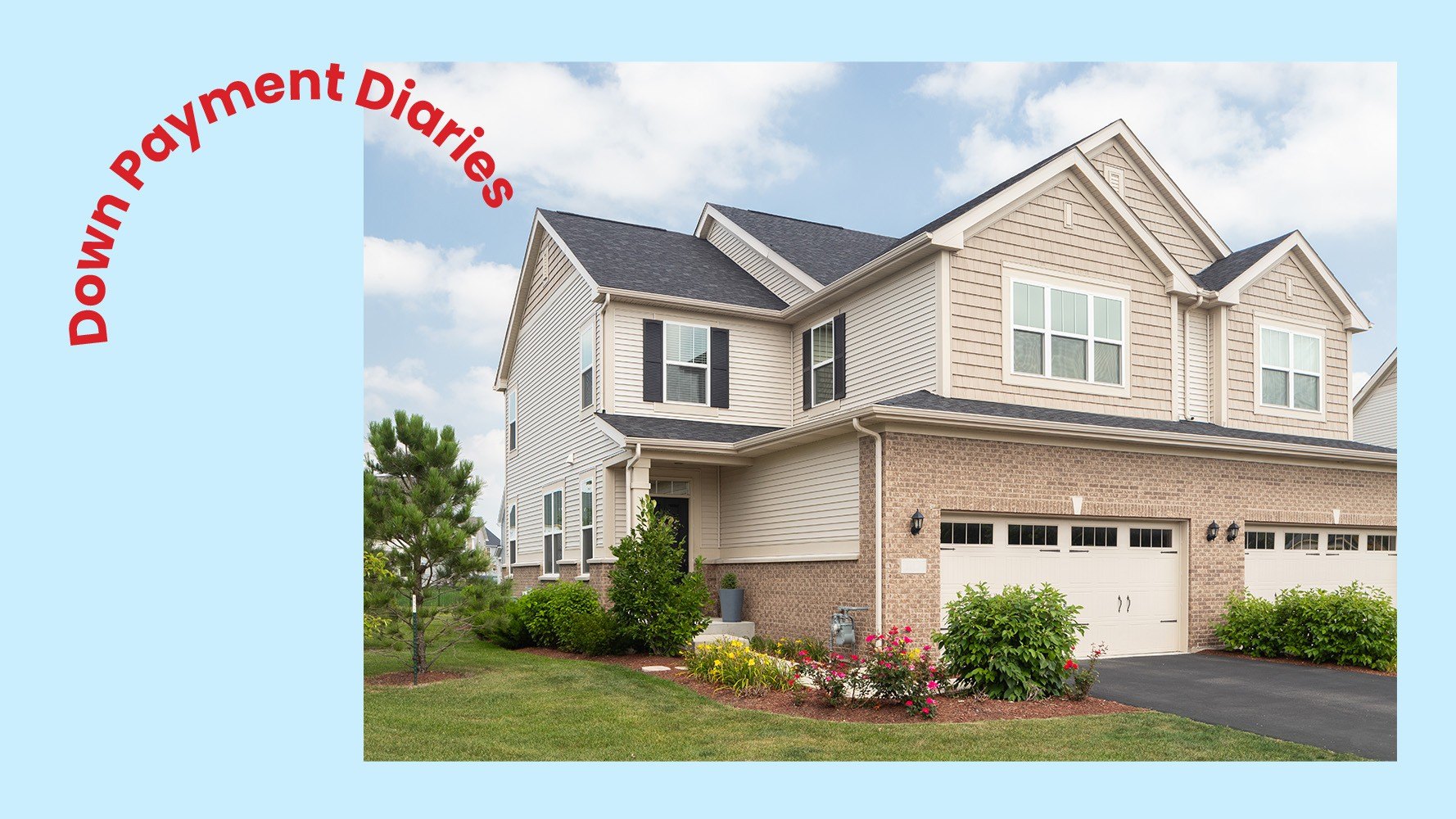I
nsurers are pulling out of high‑risk zones, leaving homeowners with fewer, pricier options and pushing home sales into limbo. In California, transaction cancellations linked to insurance problems nearly doubled from 2023 to 2024. State‑run programs, such as California’s FAIR Plan, are becoming the only fallback, yet they are heavily overexposed and often fail to cover claims. Credit scores can affect premiums more than actual climate risk, disproportionately hurting lower‑income buyers.
The shortage of affordable, reliable homeowners insurance threatens the real estate market by delaying or canceling deals. California and Florida, which together hold over 20 % of U.S. listings, illustrate the looming crisis.
**California’s rising failure rate**
Last year, 13 % of California Realtors reported a sale falling through because buyers couldn’t secure insurance—almost double the previous year. The one‑year moratorium on insurance cancellations for wildfire‑affected homeowners expires in January, likely prompting more insurers to exit the state. Patrick Blandford, CEO of Green Shield Risk Solutions, warns that the insurability crisis will worsen by 2026.
FAIR Plan’s exposure has surged to $650 billion in less than two years, raising solvency concerns after the January LA fires. In October, FAIR Plan announced a nearly 36 % premium hike to cover wildfire claims.
**Florida’s retreat**
Florida’s insurance landscape mirrors California’s. Since Hurricane Andrew in 1992, insurers have withdrawn or reduced coverage, pushing homeowners into the state‑backed Citizens Property Insurance Corporation (CPIC). A ProPublica investigation found CPIC wins over 90 % of disputed claims in its arbitration process, leaving homeowners with limited recourse. State plans can impose surcharges on all policies to cover deficits, spreading risk across the population.
**National implications**
Hurricanes often cost more than wildfires because they affect vast areas. Hurricane Helene last year demonstrated that major storms are moving farther north, exposing more people. Fred Malik of FORTIFIED notes that hurricanes can strike inland, not just coastal zones. Traditional insurance models can no longer predict modern disaster frequency, forcing more residents into state plans that offer less coverage at higher prices and may lack the reserves for a catastrophe.
Homeowners now face a difficult landscape: finding a safe, insurable location is increasingly hard. “There aren’t many places you can hide,” Blandford says. “Some areas are riskier than others.” He suggests that in California or Colorado, living near a city rather than a forest or close to the coast may reduce risk. “Property values rise in scenic, exposed areas, and those are the most vulnerable.”
**Credit scores and pricing disparities**
A 2025 Consumer Federation of America report shows that a homeowner’s credit score can outweigh climate risk in determining premiums. Moira Birss of the Climate and Community Institute criticizes insurers for “gaslighting” consumers by claiming they price policies based on climate risk while actually penalizing poverty. Unlike California, Florida permits using credit scores for home insurance rates. The report found that a low‑credit homeowner pays nearly $2,000 more annually than a high‑credit neighbor with identical property risk.
These trends signal a growing national crisis: as insurers retreat from high‑risk areas, state programs struggle to keep up, and consumers—especially those with lower credit scores—bear the brunt of rising costs. The real estate market may face further delays and cancellations as affordable, reliable insurance becomes harder to find.














